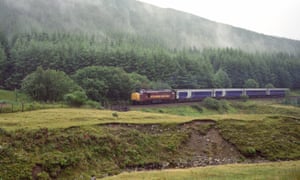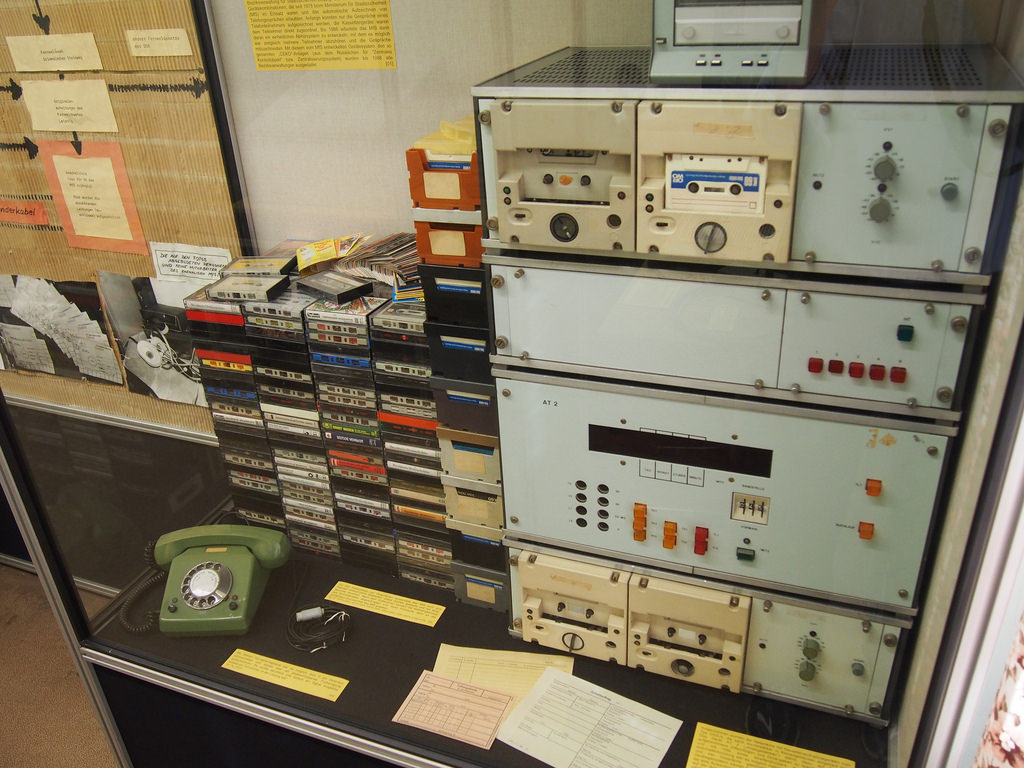via Big Think by Paul Ratner

A masked ecologist militant is pictured with a barrel falsely contaminated during a demonstration against nuclear energy near the Tricastin nuclear power plant run by Areva in Bollene, southern France, on November 25, 2011, during a visit of France's President
Science is a force for good in our world, improving lives of people all across Earth in immeasurable ways. But it is also a very powerful tool that can become dangerous in some situations. Especially when it gets entangled in politics. At other times, science’s inherent ambition to push boundaries of what is known can also lead to some heart-stopping moments.
The following list is in no way exhaustive but gives us a place to start when thinking about the serious responsibility that comes with the march of science.
Continue reading
=============================
Till death do us part? Divorce in medieval England
via The National Archives Blog by Claire Kennan
In the middle ages, Church courts dealt with all religious matters including marriage, divorce and the punishment of adultery. Even after the Reformation, Church jurisdiction over marriage disputes continued until 1857. Within the E135 series, which I have been cataloguing as part of my PhD placement, is a discrete selection of documents dealing with these issues.
Continue reading
=============================
A southern three-banded armadillo unballing itself
via Boing Boing by Mark Frauenfelder
Found in South America, the southern three-banded armadillo “are the only species of armadillos capable of rolling into a complete ball to defend themselvelves”.
Continue reading
=============================
Ten facts about children’s literature
via OUP Blog by the Oxford Reference marketing team

Photograph by Mi PHAM. Public Domain CC0 1.0 viaUnsplash.
Most of us have a favourite story, or selection of stories, from our childhood. Perhaps they were read to us as we drifted off to sleep, or they were read aloud to the family in front of an open fire, or maybe we read them ourselves by the light of a torch when we were supposed to be sleeping. No matter where you read them, or who read them to you, the characters (and their stories) often stick with you forever.
Continue reading
=============================
Ordnance Survey's digital map of Britain offers stunning views
via BBC Technology News
A new digital tool produces 3D aerial views of countryside walks, cycle routes and mountain climbs.
It has been developed by Ordnance Survey, which hopes the interactive maps will make the outdoors safer and more fun.
Link here to see the video [it will not embed from http to https]
=============================
The Best A. E. Housman Poems Everyone Should Read
via Interesting Literature
A. E. Housman (1859-1936) didn’t write a great deal of poetry, but the poems he left behind are loved by millions around the world. But what are Housman’s best poems? Drawing up a ‘top ten’ has proved difficult. We’ve included some of his most famous poems, but have also included some of the poems which, we feel, show Housman doing what he did best: tugging at the heartstrings through skilfully crafted verse.
Continue reading
=============================
A requiem for the overnight sleeper – and a European way of life
via the Guardian by Andrew Martin
The cross-border overnight train services are dying out. We are losing a way to forge links with the neighbours just when we need them the most

‘The journey on a British sleeper was often over well before the end of the night.’ The Caledonian Sleeper from London to Fort William in 2000. Photograph: National Railway Museum/SSPL via Getty Images
If you read European railway timetables from the decades before Britain joined the EU, you notice how much more foreign “the continent” seemed to be. In the 1960s, the Thomas Cook Continental Timetable was prefaced by “Visa requirements”, closely followed by “Fees for obtaining visas”, and relevant extracts from the passport regulations. Only then is the prospective traveller directed to the trains, the lists of which are footnoted with details of exotic operational practices: “At Hendaye, the Paris-Lisbon couchettes are jacked up to change the bogies, on account of the difference in track gauge between France and Spain.”
Continue reading
=============================
How East Germany’s Stasi tried to drive activists insane, and how they resisted
via Boing Boing by Cory Doctorow

Eavesdropping station, Racing Snake
East Germany’s secret police, the Stasi, were the most aggressive surveillance force of their day – at the Stasi’s peak, one in 60 East Germans was snitching for the agency.
The tactics that the Stasi deployed to recruit informants – blackmail, cash, patriotism, immunity from prosecution, and gamification – are less interesting than the things the Stasi did to their adversaries, inflicting mental torture of various types to drive the opposition to attack itself, or simply give up.
Continue reading
=============================
A Long-Sought Mathematical Proof, Found and Almost Lost
via 3 Quarks Daily: Natalie Wolchover in Quanta

As he was brushing his teeth on the morning of July 17, 2014, Thomas Royen, a little-known retired German statistician, suddenly lit upon the proof of a famous conjecture at the intersection of geometry, probability theory and statistics that had eluded top experts for decades.
Continue reading
=============================
The 'Monuments Men' in Normandy after D-Day
via The National Archives Blog by Anne-Lise Depoil
You may have heard of the Monuments, Fine Arts and Archives (MFAA) officers, better known as the ‘Monuments Men’ – if you haven’t seen Clooney’s movie, maybe you have read this blog post on art looted by the Nazis in Bruges. Both focused on the essential part these special officers of the Allied armies played in the recovery of looted works of art during and after the Second World War.
Continue reading
=============================
Why Milton still matters
via 3 Quarks Daily: Boyd Tonkin in The Spectator

John Milton, c.1642 (Photo: Getty)
Just 350 years ago, in April 1667, John Milton sold all rights to Paradise Lost to the printer Samuel Simmons – for £5, with another £5 due once Simmons had the first run of 1,300 copies off his hands. That sounds like a bargain for the 12-book epic poem of Satan’s war with Heaven, Eve’s ‘fatal trespass’ and the expulsion from Eden that soon became a monumental pillar of the literary canon.
Continue reading
No comments:
Post a Comment